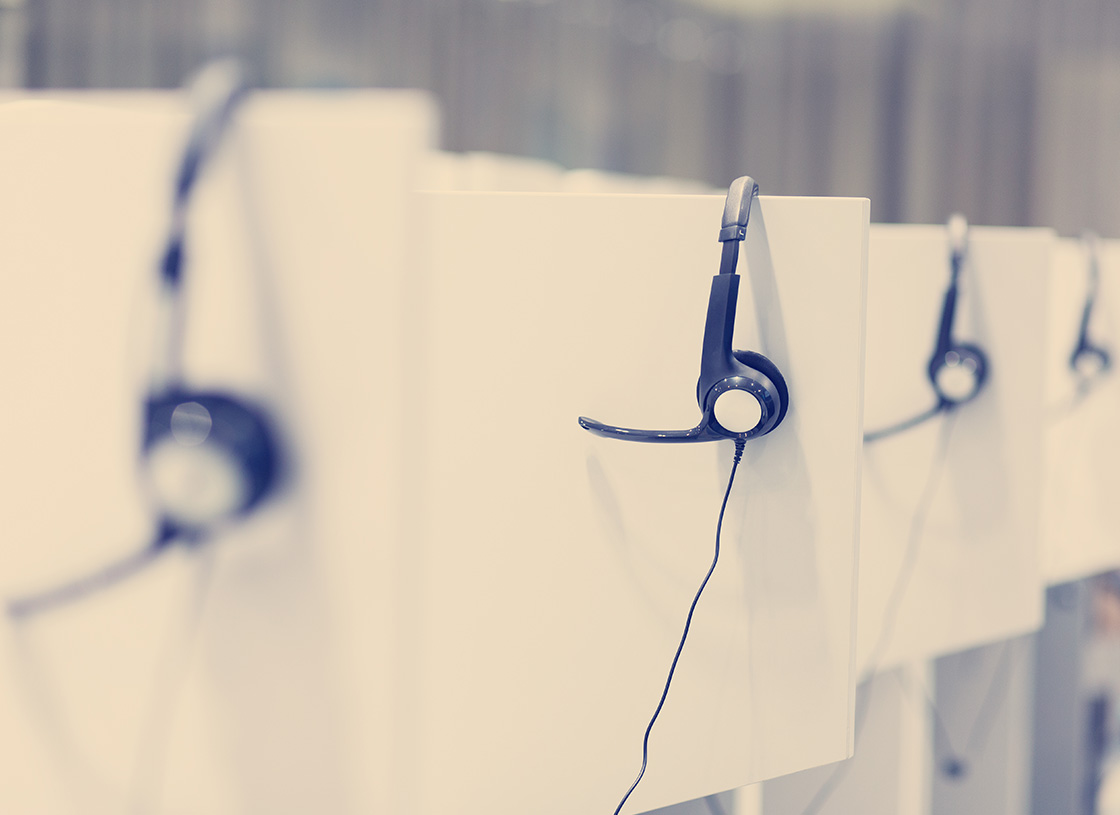If you want loyal customers, you’d be well advised to upgrade how you serve customers, according to a report from Help Scout. Help Scout develops customer service software. But we’re not talking software. We’re talking business philosophy. And here’s how Help Scout explained a fundamental change over the last 15 years.
Customer Service, Version 1.0 was seen as a cost of doing business. Makes sense to a degree, if you think back to the 1990s. You hired people to interact with customers; you paid for their time, plus phone lines, postage, office supplies and internet connection, etc. This model said, “Let’s save money on all these expenses.” Ergo, automated attendants, voice mail, online help/service figured in.
But this version didn’t take into account “why” people buy, and it missed a big intangible – emotion.
Customer Service, Version 2.0 makes emotion a priority. The premise is that if your customers like you, appreciate you and feel that you like and appreciate them, not only will they keep doing business with you, they’ll refer new customers to you. Ergo, customer service is no longer seen as an overhead cost but as a marketing investment. Some of the research numbers Help Scout shared to make this case include:
- 65 percent of new business comes from direct referrals;
- Loyal customers are worth up to 10 times as much as their first purchase from you;
- 78 percent of customers show their loyalty by telling others.
So how well are you doing with customer loyalty? Two questions can help you find that answer. The first comes from customer retention author and expert, Frederick Reichheld, who wrote 10 years ago of the Net Promoter Score (NPS) that’s used to measure customer loyalty for any type of business.
The NPS focuses on one simple question: “How likely is it that you would recommend [your company] to a friend or colleague?” On a scale of 1 to 10, promoters score at 9 or 10, detractors at 0-6. Basically, you subtract detractors from promoters, and if your percent is above 50, you’re doing well.
The other question is “How did you hear about us?” As the answers are more and more, “from a friend,” or some other word-of-mouth source, you’re getting a good measure that your upgraded customer service model is paying you a good return in customer loyalty.

